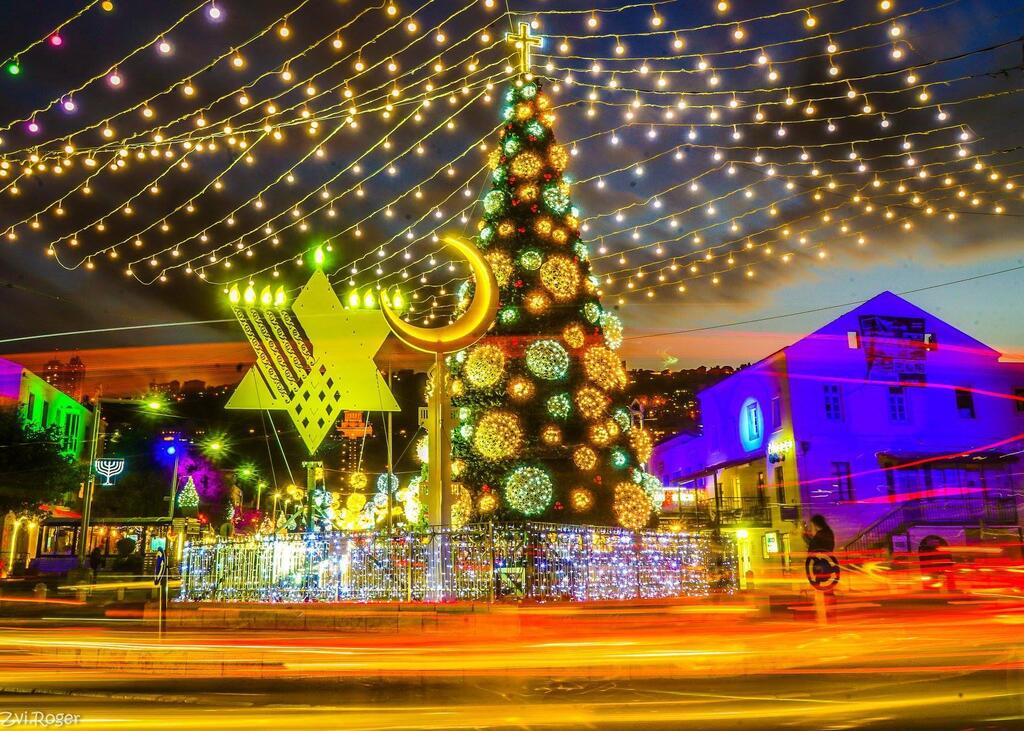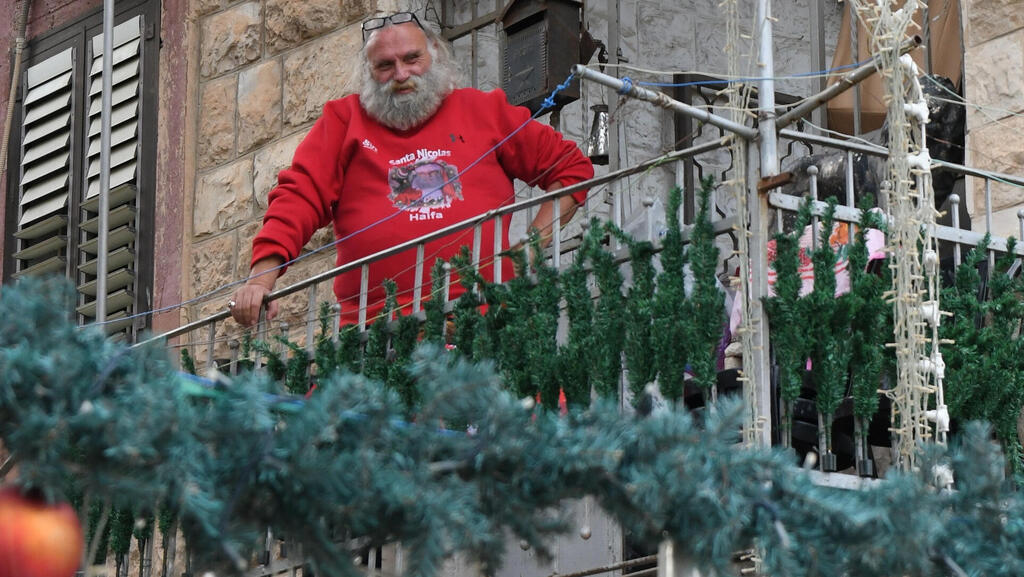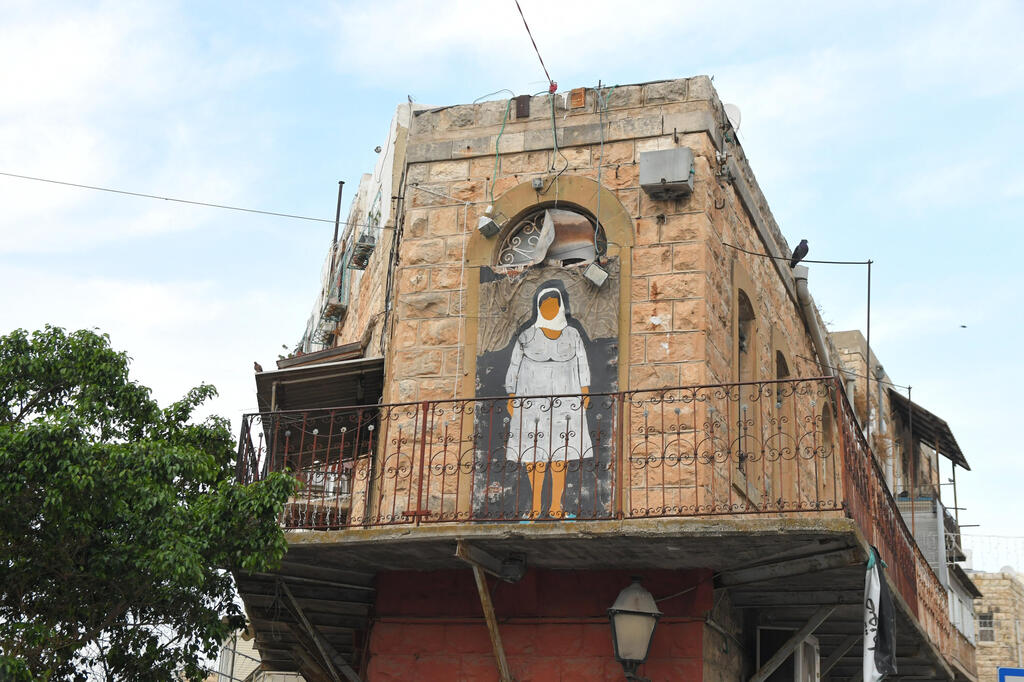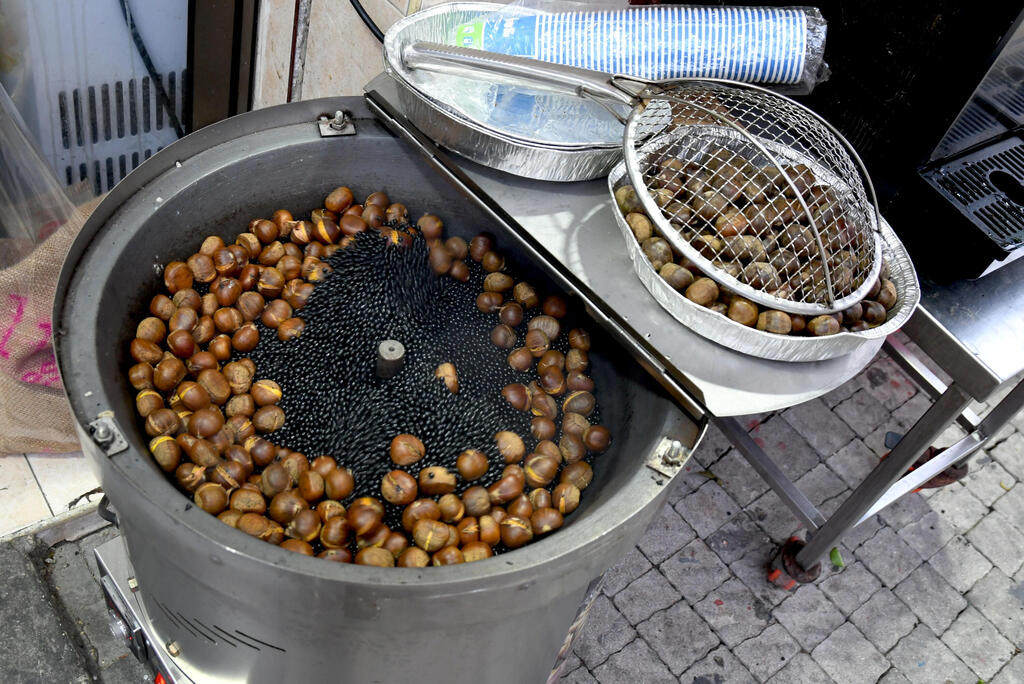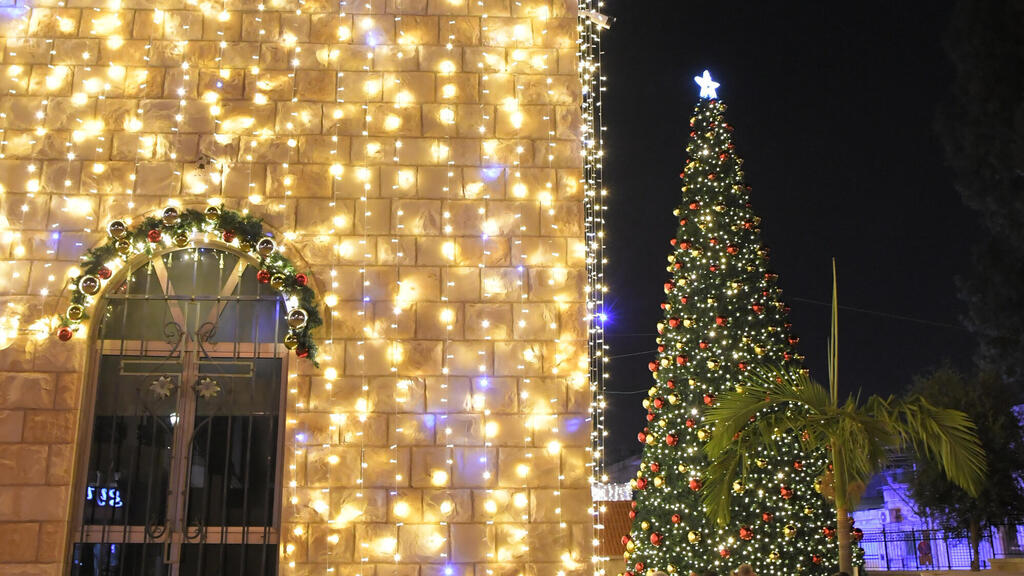It's 5pm, the day is almost over, and it's starting to get dark. But in the neighborhood of Wadi Nisnas in the city of Haifa, it's precisely the time when everything comes to life, with Christmas lights illuminating the whole area, creating that special holiday spirit.
Last year, due to the COVID pandemic, the Jewish Arab neighborhood had to cancel its annual "Holiday of Holidays" festival, normally celebrated through all of December. Its purpose is to highlight the northern city's mixed population and promote coexistence and tolerance among the people.
This year the festival has been finally brought back, and we recommend to anyone who wants to dive into the holiday Christmas experience to come and see the magical lights being lit in the city's alleyways, balconies, shops, and churches. To see Santa Claus appear on every corner, do some window shopping of Christmas trees, decorations, reindeer figurines, snowflakes, and sleds - all to welcome the upcoming holiday.
We have chosen to join a two visitors' tours that take place in the neighborhood - a delicious one and a spiritual one, thanks to guides from the Beit Ha'Gefen Arab-Jewish Cultural Center.
We managed to enjoy street art, authentic Arabic food, and Santa stories combined with local tales from the Wadi alleys, which we heard from Radir, a guide who took us on the tours and was full of energy and knowledge (including the knowledge of the Mandarin language, which she learned to guide tour groups from China).
We met Radir at the Beit Ha'Gefen art gallery on Ha Gefen Street 2 and headed towards the home of Haifa's Santa Claus - that's what they call the house in an alley near Haddad Street, which has local myths attached to it.
On the way there, we stopped at an observation point for a view of the entire Wadi Nisnas neighborhood, while Radir explained to us the surprising meaning of the name "Nisnas".
"Nisnas in Arabic is a mongoose, the first people who lived on this valley had faced with a lot of mongooses that were swept into their homes during the rains, so they decided to name it after this strange phenomenon," said Radir.
"But don't let the mongoose bother your thoughts, just look around at the many artworks, scattered around the public space, designed to promote thoughts and conversations about coexistence."
Then we arrived at the "Female Power" junction, which received its name due to a lot of female-created art and heroic stories about local women, associated with the place.
Above the junction, there is the image of Aunt Emani, a painting by artist Nasrin Abu Baker, who is involved with the Arab feminism movement.
The faceless aunt is covered with a hijab, but her body language is determined and belligerent as someone who does not intend to give up her place. Even the dress she wears on the painting is defiantly shorter than permitted in the Arab culture, and Radir explains that this is the artist's way of saluting the legacy of the women in her dynasty.
Further down the street, you can find a lot of local food shops and stands, which include vegetables, fruits, and fresh seasonal merchandise.
There are also many Christmas shops, in which you can choose holiday presents, decorations, and much more.
Towards the end of the tour, we arrived at the St. Elias Greek-Melkite Cathedral - which was covered with golden lights and had a big Christmas tree on the front yard.
The Greek church is named after Elijah, who according to the Books of Kings in the Torah, was a prophet and miracle worker who lived in the northern kingdom of Israel.
It is recommended to finish the tour in the gallery of the Beit Ha'Gefen, which has been beautifully restored, and presents a new set of exhibitions that run from the gallery halls to the public space.


